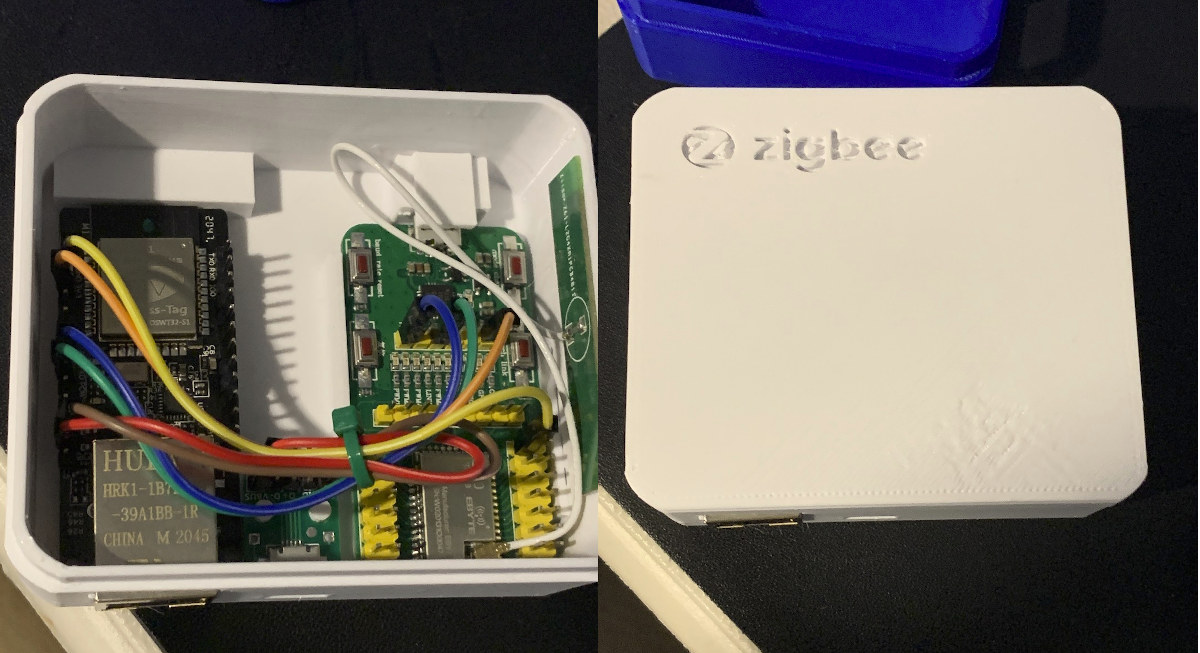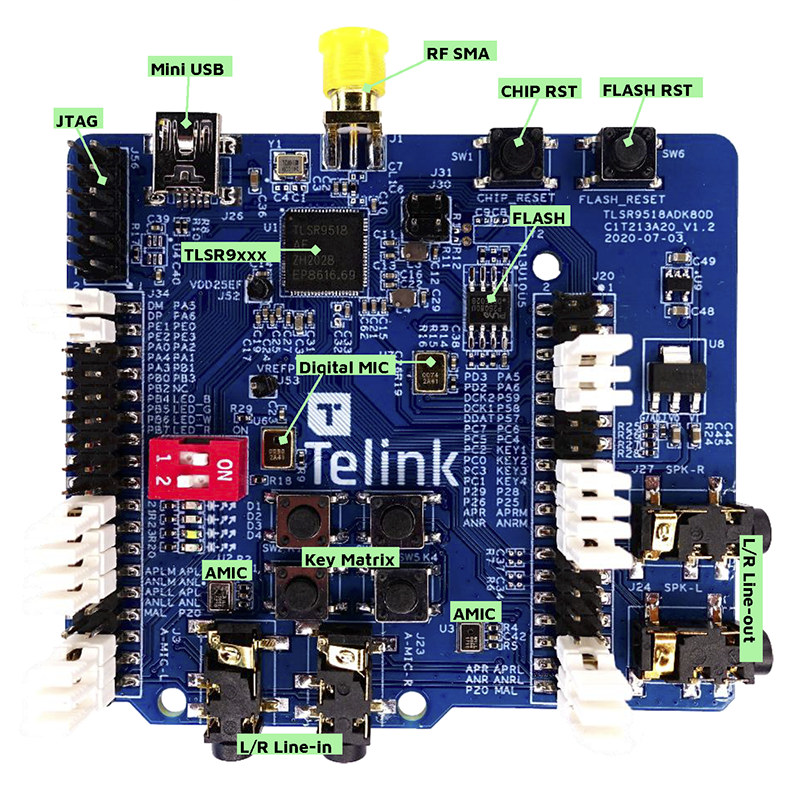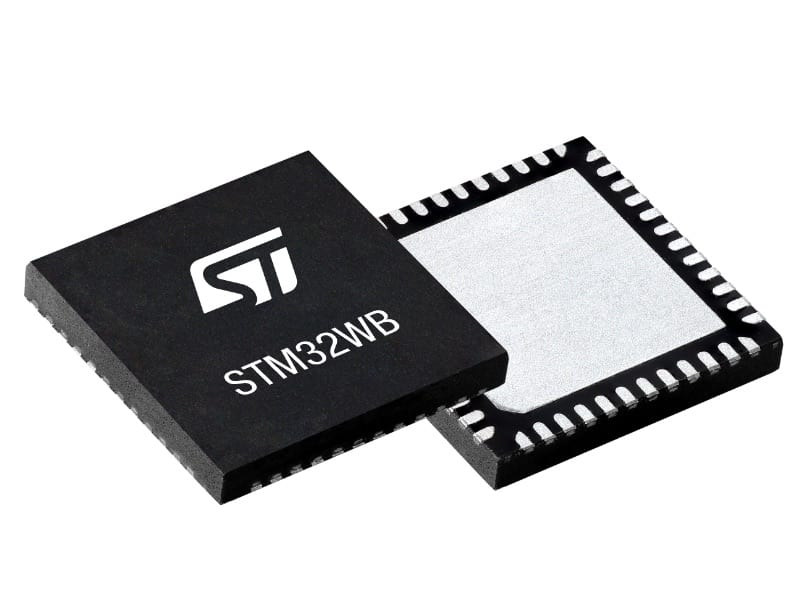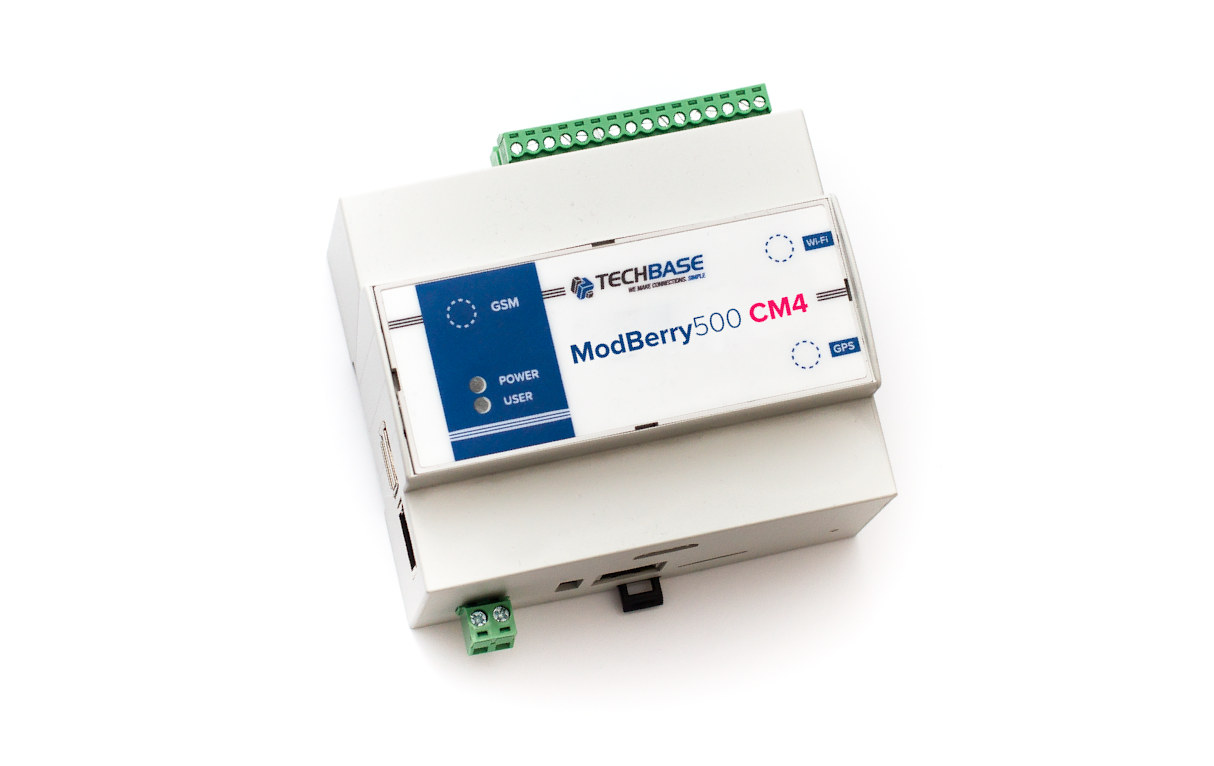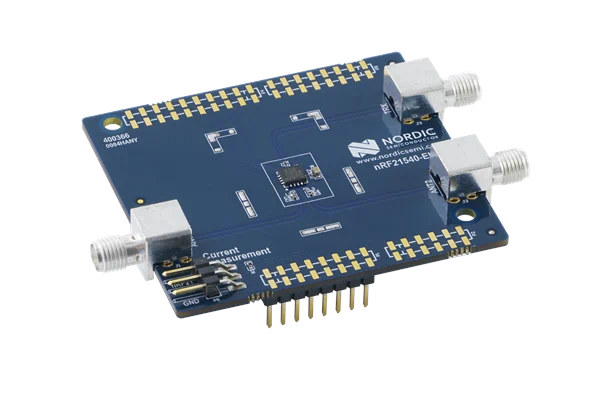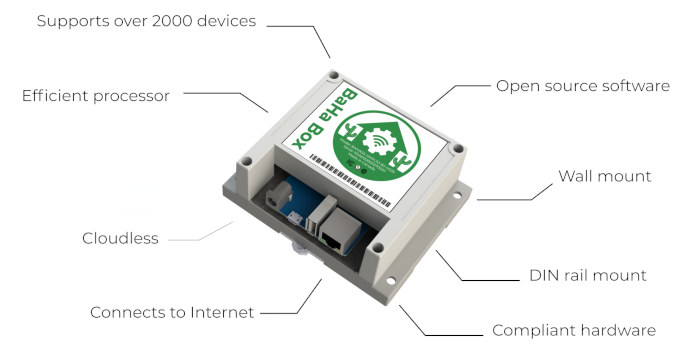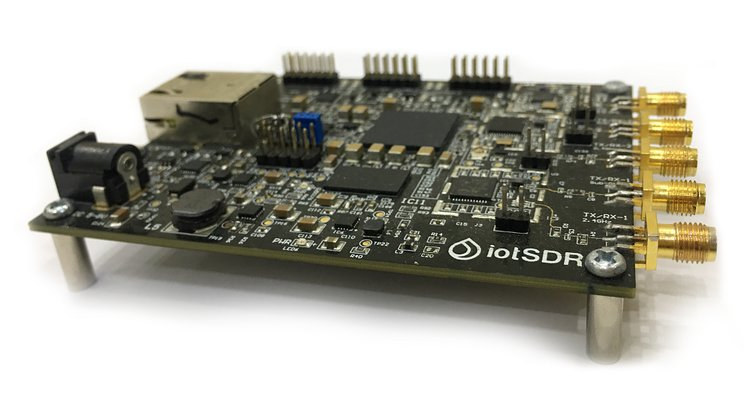We previously wrote about Ebyte E180-ZG120B-TB an inexpensive ($9.90) Zigbee 3.0 evaluation board based on Silabs EFR32MG1B Arm Cortex-M4 wireless MCU and the equally cheap ($7.78) WT32-ETH01 ESP32 Ethernet board. What do they have in common? Absolutely nothing! But GitHub user tube0013 decided to connect both boards over UART to create a Zigbee to Ethernet DIY coordinator/bridge running open-source firmware. The hardware also includes a Micro USB adapter for power, several 10cm jumper wires, and he/she also designed a 3D printed case. EZSP-Firmware is used for the Ebyte Zigbee 3.0 board, and ESPHome open-source home automation firmware for the ESP32 board. You’ll also need serial to IP code and ESPHome config. Note that flashing firmware to the Ebyte requires a programmer, and the developer used a J-link EDU Mini together with Silicon Labs’ Simplicity Commander. As mentioned above, a 3D printed case has also been designed, so everything is neatly […]
Telink TLSR9 Wireless Audio & IoT RISC-V SoC integrates RISC-V DSP/SIMD P-extension
At the end of last month, there was a lot of buzz about Bouffalo BL602, one of the first RISC-V SoC with built-in wireless connectivity, namely WiFi 4 and Bluetooth 5.0 LE. We should expect more and more of those types of solutions, and Telink & Andes jointly introduced TLSR9-series of wireless audio chips for hearables, wearables, and other high-performance IoT applications. The chips are powered by an Andes D25F RISC-V 5-stage core that happens to be the first core to integrate RISC-V DSP/SIMD P-extension and offer Bluetooth 5.2, Zigbee 3.0, HomeKit, 6LoWPAN, Thread, and/or 2.4 GHz proprietary protocol. The press release focuses on the Andes core, but an article in Chinese allows use to find more about Telink TLSR9 family’s key features: CPU – Andes D25F 32-bit RISC-V 5-stage core @ up to 96 MHz (2.59 DMIPS/MHz and 3.54 CoreMark/MHz) with RISC-V DSP/SIMD P-extension Optional NNU – AI engine […]
STMicro launches cheaper STM32WB30 and STM32WB35 Bluetooth LE & Zigbee MCUs
STMicro introduced the first wireless STM32 microcontrollers in 2018 with STM32WB Cortex-M4/M0+ MCU family equipped with Bluetooth 5.0 and 802.15.4 radios, and they followed earlier this year with STM32WL Cortex-M LoRa SoC. The company has not just announced yet another wireless STM32 family but instead added the more affordable STM32WB35 and STM32WB30 chips that can be obtained for under $2 in quantities. The new STM32WB microcontroller enabled a low BOM cost thanks to their memory configuration. Specifically, STM32W30 comes with 256KB flash while STM32W35 features 512 KB flash, and both offer 96 KB of RAM. This compares to STM32WB55 will up to 1MB flash and 256KB of RAM. Apart from the lower memory and flash capacity, the new wireless MCUs have basically the same features as other members of the STM32WB family with 16-bit ADC, quad-SPI interface (STM32WB35 only), as well as Bluetooth Low Energy 5.0, Zigbee 3.0, and OpenThread […]
Modberry 500 CM4 DIN Rail Industrial Computer Features Raspberry Pi Compute Module 4
We’ve been writing about Techbase Modberry industrial embedded computers with DIN-Rail enclosures such as Modberry M500 or M2000 for several years. Most of their systems are powered by SBC’s like Raspberry Pi 4 or AAEON Up Squared, but they’ve also made models based on Raspberry Pi Compute Module 3+, and with the launch of Raspberry Pi CM4, the company has now introduced Modberry 500 CM4 industrial computer powered by Raspberry Pi Compute Module 4 with up to 8GB RAM and 32GB eMMC flash. Modberry 500 CM4 key features and specifications: SoM – Raspberry Pi Compute Module 4 with Broadcom BCM2711 quad-core Cortex-A72 processor @ 1.5 GHz, 1 to 8GB RAM, up to 32GB eMMC flash. Storage – Optional NVMe SSD via PCIe 2.0 (mini PCIe or optional M.2 slot) Video Output – Optional HDMI port Connectivity Optional Gigabit Ethernet port Optional Wi-Fi (IEEE 802.11 b/g/n/ac) & Bluetooth 5.0 Optional 5G, […]
STMicroelectronics Introduces Zigbee 3.0 to the STM32WB55 microcontrollers
STMicroelectronics has added Zigbee 3.0 support to its STM32WB55 wireless microcontroller family using the Zigbee PRO protocol stack. The STM32 Wireless MCU (STM32WB55) was launched last year with a dual-core Arm Cortex-M4 CPU and Cortex M0+ core, as well as Bluetooth 5 and 802.15.4 radios. STMicro is hoping to expand the applications of the STM32WB into areas like home automation as Zigbee 3.0 is making brands choose Zigbee for their smart-home connectivity solution, smart-lighting, smart-building, mesh IoT connectivity, and many more. The STM32WB55 microcontrollers already provide support for Thread and Bluetooth 5.0 and the inclusion of the Zigbee connectivity will take this to the next level. The STM32WB55 Zigbee 3.0 software includes support for the Exegin Zigbee PRO protocol stack which is available for free. To ease development and deployment, STM32WB Zigbee solution supports 46 Zigbee 3.0 clusters and a further 21 clusters support legacy products and with the Zigbee 3.0 […]
Nordic Semi nRF21540 RF front end module Extends the Range of nRF52/nRF53 Bluetooth SoC’s
A little while ago, we wrote about RFCat N32 board integrating Meshtek-H52 module with nRF52832 2.4GHz multi-protocol SoC and a Skyworks power amplifier increasing power by up to 30 times to extend the wireless range to up to 200 meters. It turns out Nordic Semi outed its own range extender module late last year with nRF21540 RF front end module (FEM) that integrates a power amplifier (PA) and low noise amplifier (LNA) optimized to boost the link budget of the nRF52 and nRF53 multi-protocol wireless SoCs. nRF21540 key features and specifications: Supported wireless standards Bluetooth Low Energy (incl. Bluetooth mesh) Thread and Zigbee (802.15.4) Proprietary 2.4 GHz Output Power – Adjustable in small increments up to +21 dBm Receive Gain – +13 dB with 2.5 dB noise figure Antennas – 2x antenna ports for antenna diversity Host Interface – I/Os, SPI, or a combination Supply Voltage – 1.7 V to […]
BaHa Box Smart Automation Hub Features Allwinner H2+ or NXP i.MX 6ULL Processor (Crowdfunding)
Most devices on the market are designed with a single brand of processor, but for their BaHa Box smart automation hub, xPoint Products decided to offer either Allwinner H2+ or NXP i.MX 6ULL versions. Why is that? Easy: Allwinner H2+ processor provides a cheaper solution for the residential market, while NXP i.MX 6ULL wide temperature range makes it more suitable for commercial applications. Both versions of BaHa Box smart hub run Linux on 256MB RAM, and offers Ethernet, WiFi, and Bluetooth connectivity, with options for Zigbee and Z-Wave. The hub supports over 2,000 devices and can work either connected to the cloud, or “offline” without internet. BaHa Box specifications: SoC Residential-grade version – Allwinner H2+ quad-core Cortex-A7 processor Commerical-grade version – NXP i.MX 6ULL Cortex-A7 processor System Memory – 256MB DDR3 Storage MicroSD card slot Residential-grade version – 256KB flash Industrial-grade version – 256MB flash Connectivity 10/100M Ethernet, WiFi, and […]
IoTSDR Linux Board Targets the Development of IoT Gateways with Standard or Custom IoT Protocols (Crowdfunding)
Xilinx Zynq-7010/-7020 powered iotSDR board by EmbedINN enables the development of IoT gateways with support for LoRa, SigFox, WeightLess, Bluetooth, BLE, 802.15.4, ZigBee, as well as custom IoT protocols. The board also supports GPS, Galileo, Beidou, and GLONASS navigation systems thanks to a Maxim Integrated MAX2769 GNSS chip. iotSDR key hardware features and specifications: SoC (one or the other) Xilinx Zynq-Z7010 (XC7Z010-1CLG400C) dual-core Arm Cortex-A9 processor with 256 kb on-chip memory, FPGA fabric with 28,000 logic cells, 17,600 LUTs, 2.1 Mb block RAM, 80 DSP slices Xilinx Zynq-Z7020 (XC7Z020-1CLG400C) dual-core ARM Cortex-A9 processor with 256 kb on-chip memory, FPGA fabric with 85,000 logic cells, 53,200 LUTs, 4.9 Mb block RAM, 220 DSP slices System Memory – 512 MB DDR3 Storage 128 Mbit QSPI flash memory for firmware Microchip AT24MAC602 SPI EEPROM for RF transceiver MCU firmware and data Radios “IoT” Radios RF Transceivers – 2x Microchip/Atmel AT86RF215 European band – […]


